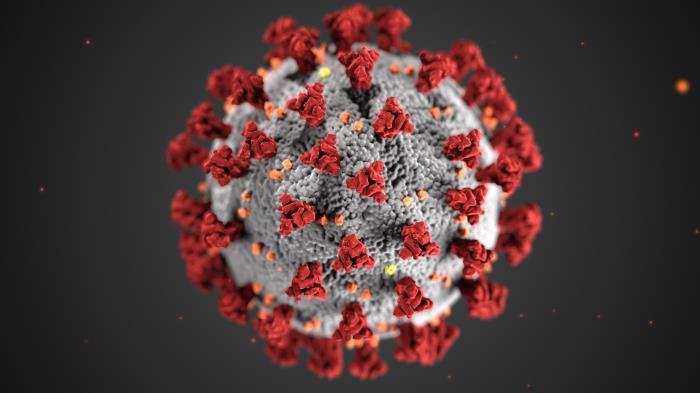From Wuhan China — promising results have just been published by Dr. Zhong Yangling for the treatment of 5 COVID-19 patients (2 of which were critical and 3 were severe) with hyperbaric therapy at the Department of Hyperbaric Oxygen in Wuhan Yangtze River Shipping General Hospital.

In this report, hyperbaric oxygen was added to the current comprehensive treatments being performed at the hospital for COVID-19 affected patients, with a dose of 90-120 minutes at treatment pressures of 1.4 to 1.6 ATA. The results were very encouraging as these 5 patients received significant therapeutic benefits, including rapid relief of symptoms after the first session. The rationale for adding this procedure is to help combat the progressive hypoxemia (low blood oxygen levels) that COVID-19 can cause. Hyperbaric oxygen has the ability to add a substantial supply of extra oxygen into the bloodstream and therefore can help during these times of hypoxemia.
Hypoxemia is the key determinant to the deterioration of patients seen with COVID-19. The virus attacks the lungs and causes inflammation and the body has a difficult time getting enough oxygen transferred from the lungs into the body. This progressive hypoxemia leads to the increase in mortality rates as patients can become critically ill. At this time, they are typically in compete reliance on ventilators to help restore oxygen levels, to keep them alive, while the body fights the virus and repairs the lung damage.
Advantages of hyperbaric oxygen for treatment of progressive hypoxemia is that the higher pressure environment allows greater levels of oxygen to pass through the thickened and inflamed lung tissue into the blood stream; thereby directly treating the hypoxemia. Add to this, the greater solubility of oxygen in the blood (in hyperbaric conditions) and it’s now easy to see why all 5 patients reported dramatic relief of their symptoms — Dr. Zhong reported that after the first session of hyperbaric oxygen, symptoms such as dyspnea (shortness of breath) and chest pain were reduced. After the second session, the respiratory rate decreased gradually and the shortness of breath (after movement) relieved slowly. To correlate with these subjective results, Dr. Zhong was able to objectively chart a significant upward trend of oxygen levels, day by day. In addition, lung inflammation was re-evaluated though CT scan and all 5 patients significantly improved.
Read the complete article here.
Read the research paper here.
